Explore the Timeless Elegance of Shiraz: Your Ultimate Tourist Guide to Iran’s Cultural Jewel
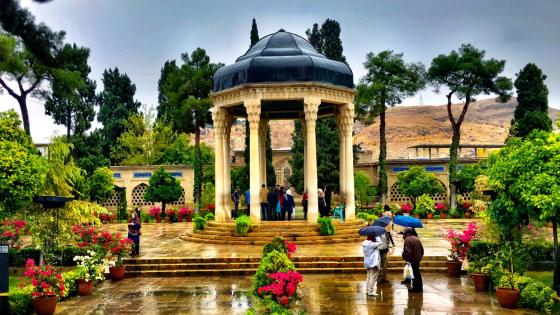
Explore the Timeless Elegance of Shiraz: Your Ultimate Tourist Guide to Iran’s Cultural Jewel
Welcome to Shiraz, a city steeped in history, culture, and poetic beauty. Known as the city of poets, gardens, and wine, Shiraz offers an enchanting blend of ancient heritage and modern charm. Nestled in the heart of Iran, this city is a treasure trove of architectural marvels, lush gardens, and vibrant cultural experiences. This comprehensive guide provides everything you need to know for an unforgettable visit to Shiraz, including its history, key attractions, unique features, and delectable cuisine.
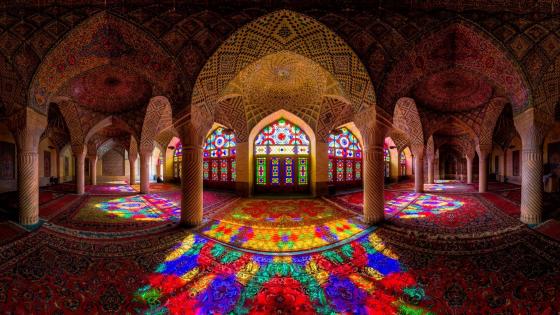
A Glimpse into the History of Shiraz
Historical Background
Shiraz has a history that spans over 4,000 years, making it one of the oldest cities in Iran. The city has played a significant role in the cultural, political, and economic development of the region throughout various dynasties.
Ancient Origins
The origins of Shiraz date back to the Elamite era, with archaeological evidence suggesting that it was an important urban center as early as 2000 BCE. The city’s strategic location along the trade routes contributed to its growth and prosperity.
Islamic Golden Age
During the Islamic Golden Age, particularly under the rule of the Buyid and Zand dynasties, Shiraz flourished as a center of learning, culture, and commerce. It became renowned for its poets, scholars, and artists, earning its reputation as the cultural capital of Iran.

Key Attractions of Shiraz
Persepolis
Persepolis, the ceremonial capital of the Achaemenid Empire, is one of the most significant archaeological sites in the world and a UNESCO World Heritage Site.
- Historical Significance: Explore the ruins of this ancient city, which was constructed by Darius the Great and expanded by his successors. It served as the empire’s ceremonial hub.
- Architectural Marvels: Marvel at the intricate bas-reliefs, grand staircases, and monumental gateways that showcase the grandeur of Achaemenid architecture.
- The Apadana Palace: Visit the remains of the Apadana Palace, where the king received dignitaries from across the empire.
Nasir al-Mulk Mosque (Pink Mosque)
The Nasir al-Mulk Mosque, also known as the Pink Mosque, is renowned for its stunning stained glass windows and vibrant tile work.
- Play of Light: Visit in the morning to witness the mesmerizing play of light as the sun shines through the stained glass, creating a kaleidoscope of colors on the mosque’s interior.
- Exquisite Tile Work: Admire the intricate floral patterns and geometric designs that adorn the mosque’s walls and ceilings.

Hafez Tomb
The Tomb of Hafez, dedicated to the celebrated Persian poet Hafez, is a serene and beautiful site set within a lush garden.
- Literary Significance: Pay homage to Hafez, whose poetry has left an indelible mark on Persian literature and culture.
- Peaceful Gardens: Stroll through the tranquil gardens, which provide a perfect setting for reflection and inspiration.

Saadi Tomb
The Tomb of Saadi, another great Persian poet, is a beautiful mausoleum surrounded by gardens and reflecting pools.
- Architectural Beauty: The mausoleum’s design reflects traditional Persian architecture, with its blue-tiled dome and elegant colonnades.
- Literary Legacy: Discover the works of Saadi, whose poetry and prose continue to resonate with readers around the world.
Eram Garden (Bagh-e Eram)
Eram Garden is one of the most famous Persian gardens, known for its beautiful layout, towering cypress trees, and vibrant flowers.
- UNESCO World Heritage Site: Recognized as a UNESCO World Heritage Site, Eram Garden exemplifies the principles of Persian garden design.
- Architectural Features: Explore the elegant pavilion, which features intricate tile work and offers stunning views of the garden.
Vakil Bazaar
Vakil Bazaar is a bustling marketplace that dates back to the Zand dynasty. It offers a vibrant atmosphere and a wide array of goods.
- Shopping Experience: Wander through the labyrinthine alleys of the bazaar, where you can find everything from spices and textiles to handicrafts and jewelry.
- Architectural Charm: Admire the vaulted ceilings and brick archways that characterize this historic marketplace.
Vakil Mosque
Located near the Vakil Bazaar, the Vakil Mosque is a masterpiece of Zand-era architecture, known for its grand prayer hall and stunning tile work.
- Prayer Hall: Visit the expansive prayer hall, supported by 48 intricately carved columns and featuring a beautiful mihrab.
- Courtyard: Explore the mosque’s serene courtyard, which includes a large pool and is surrounded by arcades adorned with colorful tiles.
Arg of Karim Khan (Karim Khan Citadel)
The Arg of Karim Khan is a large fortress built during the Zand dynasty. It served as the residence of Karim Khan Zand, the founder of the dynasty.
- Historical Importance: Learn about the citadel’s role in the history of Shiraz and its transformation from a royal residence to a prison and now a museum.
- Architectural Features: Explore the citadel’s massive walls, four corner towers, and the beautifully decorated rooms within.
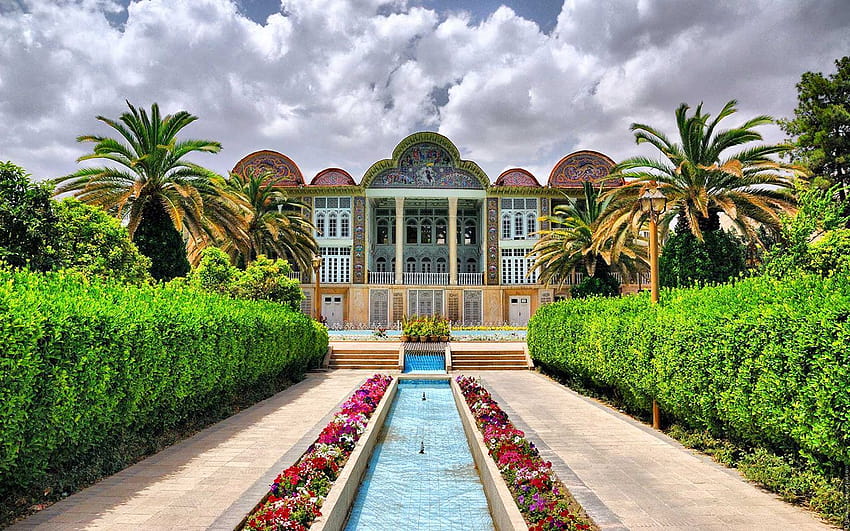
Unique Features of Shiraz
Persian Gardens
Shiraz is home to some of the most beautiful Persian gardens, which are designed to represent paradise on earth.
- Principles of Design: Persian gardens are characterized by their symmetrical layouts, flowing water, and an abundance of plants and flowers.
- Symbolism: These gardens reflect the Persian cultural emphasis on harmony between nature and architecture.
Poetry and Literature
Shiraz is known as the city of poets, with a rich literary heritage that includes some of Persia’s greatest poets.
- Hafez and Saadi: The works of Hafez and Saadi are celebrated for their lyrical beauty, philosophical depth, and enduring wisdom.
- Cultural Influence: The city’s literary legacy continues to inspire writers, artists, and scholars around the world.
Culinary Delights of Shiraz
Traditional Dishes
Shiraz offers a variety of traditional Persian dishes that are sure to delight any food lover.
- Kalam Polo: A local specialty, Kalam Polo is a fragrant rice dish cooked with cabbage, herbs, and meatballs.
- Faloodeh: This refreshing dessert is made from thin vermicelli noodles mixed with rose water syrup and served with lime juice.
- Baghali Polo: A flavorful rice dish cooked with dill, fava beans, and lamb or beef.
Street Food and Snacks
In addition to traditional dishes, Shiraz has a vibrant street food scene that offers a variety of snacks and treats.
- Ash-e Sabzi: A hearty and nutritious herb soup that is a popular street food in Shiraz.
- Shirazi Salad: A refreshing salad made from diced cucumbers, tomatoes, onions, and herbs, dressed with lemon juice and olive oil.
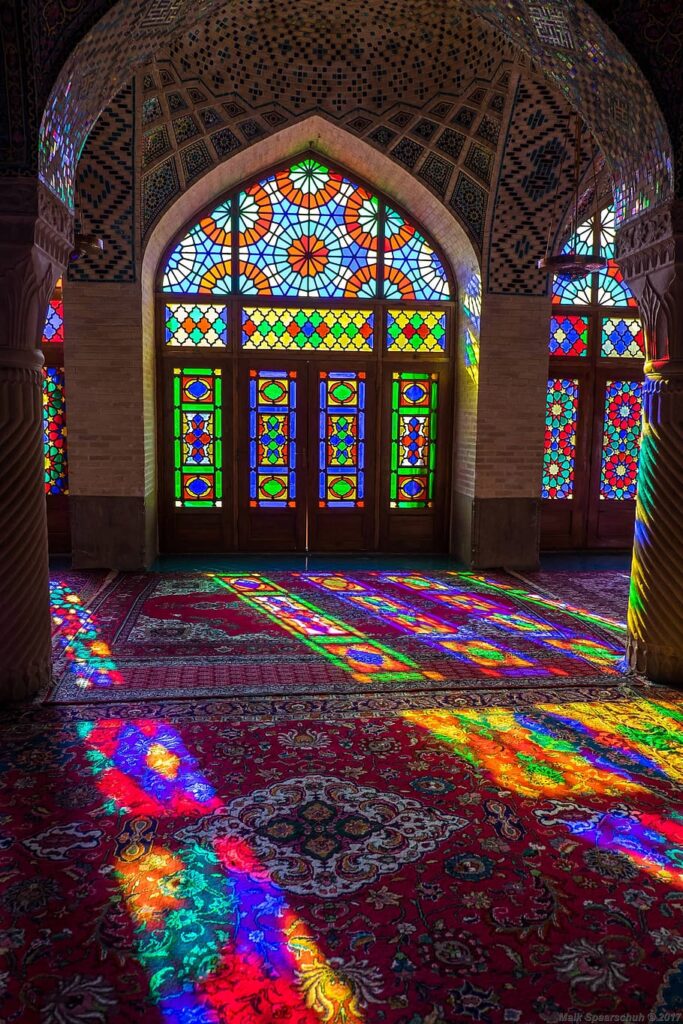
Dining Experiences
Shiraz offers a range of dining experiences, from casual eateries to upscale restaurants, where you can enjoy the rich flavors of Persian cuisine.
- Traditional Teahouses: Visit a traditional teahouse to enjoy a cup of Persian tea, served with sweets and accompanied by live music or poetry recitations.
- Fine Dining: Experience the elegance of Persian dining at one of Shiraz’s fine dining restaurants, where you can savor gourmet dishes in a beautifully decorated setting.
Practical Information for Tourists
Getting There
Shiraz is well-connected by air, road, and rail, making it easily accessible for both domestic and international travelers.
- By Air: Shiraz International Airport (Shahid Dastgheib International Airport) offers flights to and from major cities in Iran and select international destinations.
- By Train: The city’s train station provides regular services to Tehran, Isfahan, and other major cities.
- By Bus: Shiraz’s bus terminals offer frequent services to various cities across Iran, making it a convenient option for domestic travelers.
Getting Around
Shiraz’s well-planned layout and efficient public transportation system make it easy to explore the city.
- Public Buses: The city’s bus network covers most major areas and is an affordable way to get around.
- Taxis: Taxis are readily available and offer a convenient way to travel, especially for shorter distances.
- Metro: Shiraz’s metro system is expanding, providing an efficient and modern way to navigate the city.
Accommodation
Shiraz offers a range of accommodation options to suit every budget and preference, from luxury hotels to budget-friendly hostels.
- Luxury Hotels: Stay in one of Shiraz’s luxurious hotels, such as the Shiraz Grand Hotel or the Homa Hotel, for an unforgettable experience that combines modern comforts with traditional Persian hospitality.
- Boutique Hotels: Choose a boutique hotel for personalized service and unique accommodations that reflect the city’s heritage.
- Budget-Friendly Options: For travelers on a budget, Shiraz offers several hostels and affordable hotels that provide comfortable and convenient lodging.
Language and Currency
The official language of Shiraz is Persian (Farsi), but many residents also speak basic English, especially in tourist areas. The currency is the Iranian Rial (IRR), and it’s advisable to carry some cash, as credit cards are not widely accepted. ATMs are available, but it’s best to bring some cash with you.
Tips for an Enjoyable Visit
Plan Your Visit
To make the most of your time in Shiraz, it’s helpful to plan ahead and prioritize the attractions and activities that interest you the most.
- Early Arrival: Arrive early at popular attractions to avoid crowds and make the most of your visit.
- Guided Tours: Consider joining a guided tour to gain deeper insights into the history and significance of Shiraz’s landmarks.
Respect Local Customs
While visiting Shiraz, it’s important to respect local customs and traditions.
- Dress Code: Dress modestly, especially when visiting religious sites. Women should cover their hair, and both men and women should avoid wearing revealing clothing.
- Etiquette: Be mindful of local etiquette, such as removing your shoes before entering someone’s home and using your right hand for eating and giving or receiving items.
Capture the Moment
Shiraz is a city of stunning views and picturesque scenes, so be sure to bring your camera or smartphone to capture its beauty.
- Best Views: Take advantage of the city’s many viewpoints for breathtaking photos of the skyline and historic sites.
- Golden Hour: Visit key landmarks during the golden hour (just after sunrise or before sunset) for the best lighting and most beautiful photos.
Must-See Highlights at Shiraz
Qavam House (Narenjestan-e Ghavam)
Qavam House is a beautiful historic house in Shiraz, known for its exquisite architecture and stunning gardens.
- Architectural Beauty: The house features intricate tile work, mirrored halls, and beautifully painted ceilings.
- Lush Gardens: Explore the lush gardens filled with orange trees, flowers, and fountains, creating a tranquil oasis in the heart of the city.
Shah Cheragh
Shah Cheragh is a significant pilgrimage site in Shiraz, housing the tomb of Amir Ahmad, the brother of Imam Reza.
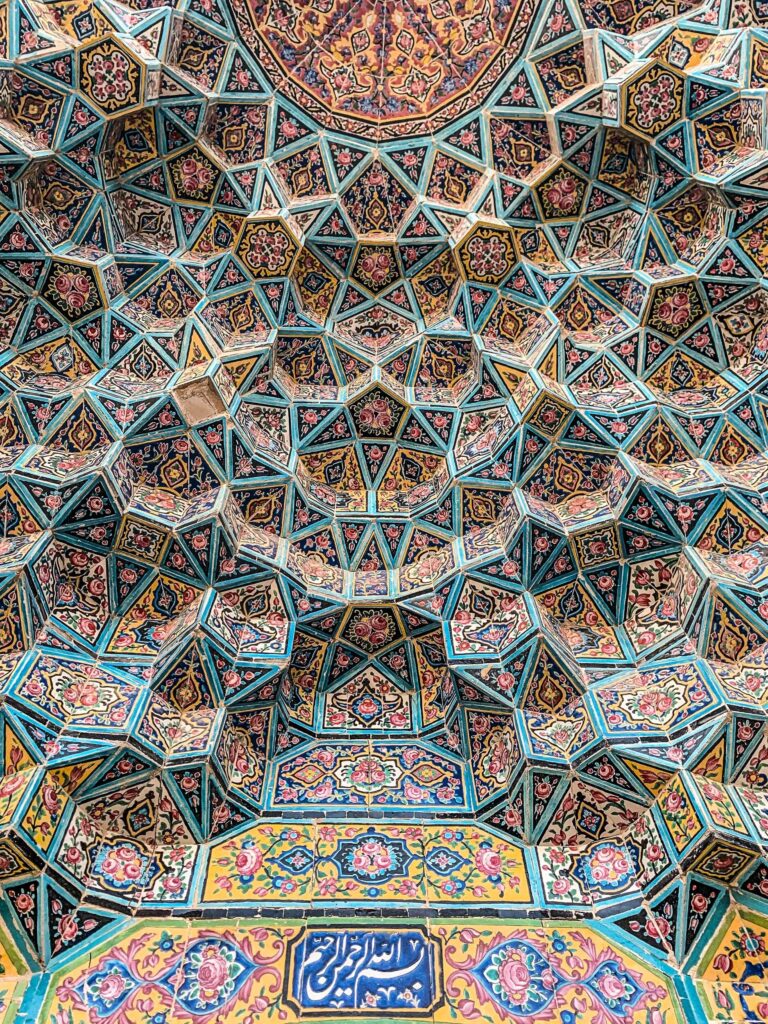
- Spiritual Atmosphere: Experience the spiritual ambiance of this sacred site, which is adorned with intricate mirror work and stunning tile decorations.
- Night Visits: Visit Shah Cheragh at night to see the shrine beautifully illuminated, creating a mesmerizing effect.
Quran Gate
Quran Gate is a historic gate at the entrance to Shiraz, which once housed a Quran to bless travelers as they entered and exited the city.
- Historical Significance: Learn about the gate’s history and its role in protecting and blessing the city’s inhabitants.
- Scenic Views: The gate offers scenic views of Shiraz and the surrounding mountains, making it a popular spot for photos.
Conclusion
Shiraz is a city that enchants visitors with its rich history, stunning architecture, and vibrant culture. From its iconic landmarks and beautiful gardens to its unique traditions and culinary delights, Shiraz offers an unforgettable experience for all who visit. Plan your trip to Shiraz and immerse yourself in the beauty, history, and charm of Iran’s cultural jewel. Embrace the opportunity to explore, discover, and create lasting memories in this enchanting city.

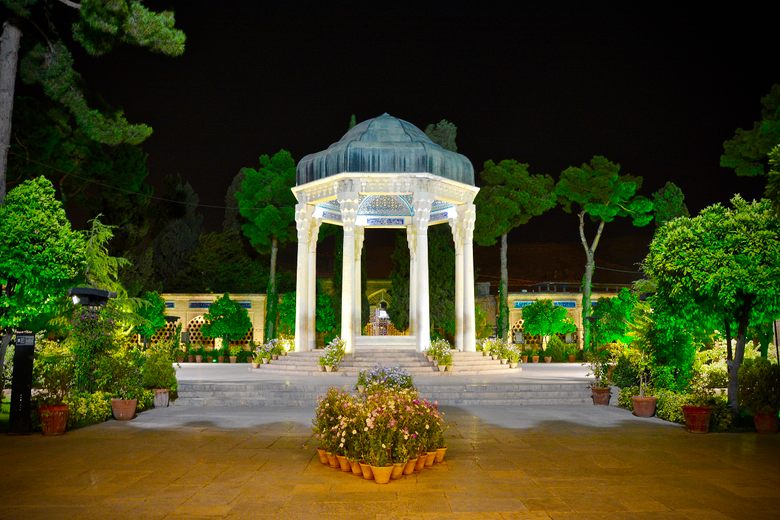
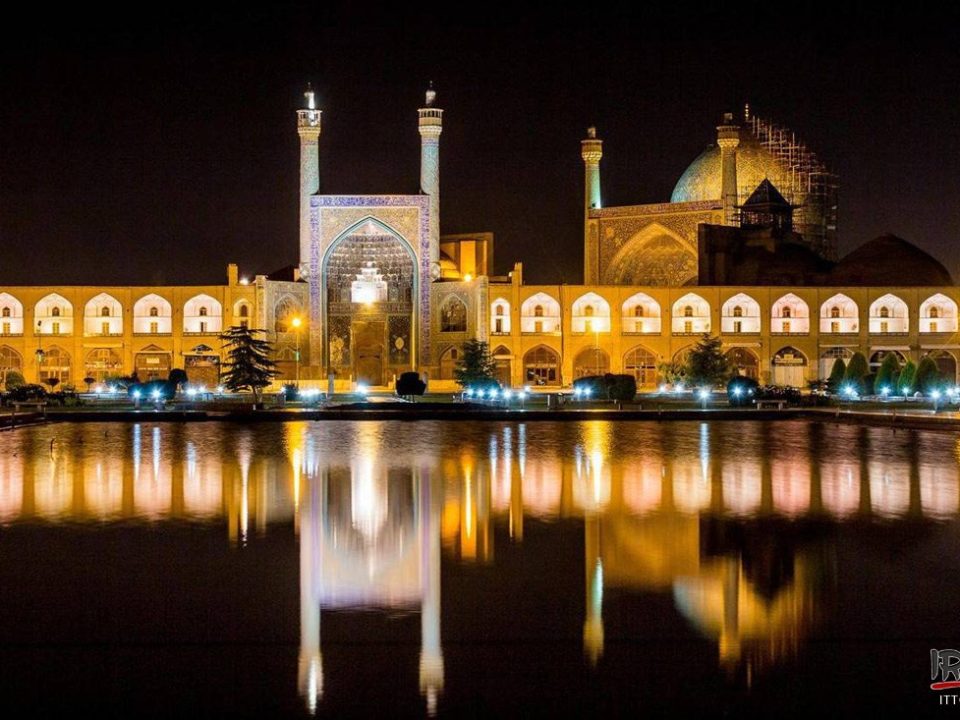
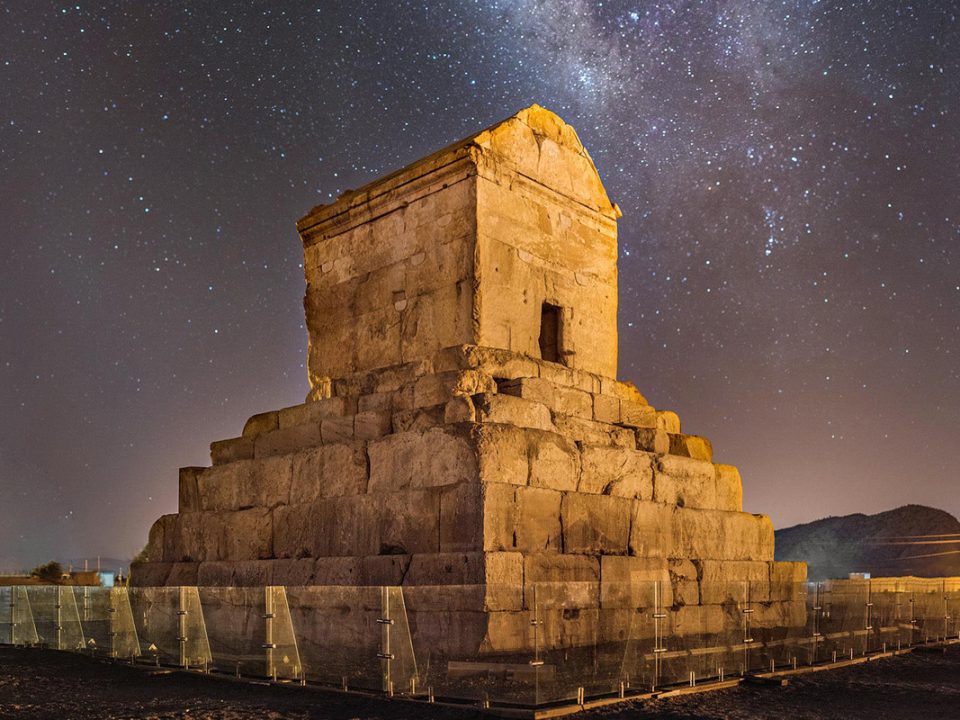
1 Comment
[…] full name was Khwaja Shams-ud-Din Muhammad Hafez-e Shirazi, was born in the early 14th century in Shiraz. He grew to prominence in his hometown and soon became known for his lyrical poetry and ghazals, […]